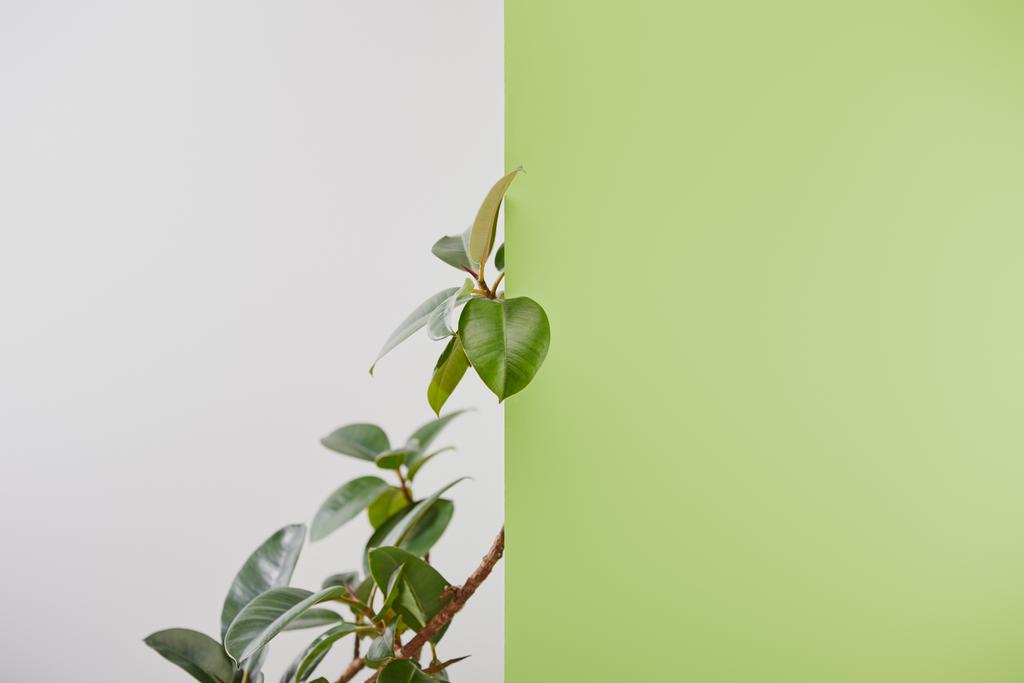Philodendrons are the Ultimate Houseplant for Style and Substance
- Written by Business Daily Media
Philodendrons: A Fascinating History and Guide to Care
Philodendrons are a beloved and popular family of tropical plants, known for their attractive, heart-shaped leaves and easy care requirements. They are native to the tropical rainforests of Central and South America and have become popular houseplants due to their low light needs, ease of care, and ability to thrive indoors in many regions. In this article, we'll explore the fascinating history of philodendrons and provide a comprehensive guide to their care.
History of Philodendrons
The history of philodendrons is a fascinating and complex one. The name philodendron is derived from two Greek words, 'philo' meaning love and 'dendron' meaning tree. The plant was first documented in the early 17th century by European botanists who travelled to Central and South America. It was originally classified as a member of the Araceae family, but later it was moved to its own family—the Philodendraceae—due to its unique characteristics.
Since then, philodendrons have become some of the most popular houseplants in the world due to their ease of care and attractive foliage. They are known for their large leaves that come in a variety of shapes and sizes, as well as their ability to adapt well to different light conditions making them ideal for indoor or outdoors growing environments.
Philodendrons have been used throughout history for medicinal purposes such as treating ailments like fever, headaches, stomach pains, diarrhoea, and even snake bites! In fact, some species are still used today in traditional medicines by indigenous people in South America where they grow naturally in tropical rainforests.


Types of Philodendrons
Philodendrons are one of the most popular houseplants around and for good reason. They’re relatively easy to care for and come in a variety of shapes, sizes, and colours. While all Philodendrons share a few common characteristics—heart-shaped leaves, aerial roots, and climbing or trailing habits—there are actually dozens of different types available to choose from.
Here’s an overview of some of the most popular varieties:
Heartleaf Philodendron (Philodendron scandens): This is one of the most common types found in homes today. It has long stems with heart-shaped leaves that can be green or reddish in colour. The Heartleaf Philodendron is easy to propagate by cutting off a stem with aerial roots attached and placing it in water until it takes root.
Moonlight Philodendron (Philodendron bipinnatifidum): This variety has deeply lobed leaves that have a silvery sheen on them when they catch the light just right—hence its name! Like other varieties, this plant can also be propagated through stem cuttings placed directly into soil or water.
Red Emerald Philodendron (Philodendron erubescens): This is a stunning plant with dark green leaves that have a reddish tint to them. It’s a bit more difficult to care for than some other varieties, but the effort is worth it for its striking appearance.
Split-Leaf Philodendron (Monstera deliciosa): This plant has large, perforated leaves that give it a unique appearance. It’s a bit more finicky to care for than other varieties, but it's well worth the effort for its striking appearance.
Characteristics of Philodendrons
Philodendrons are a popular houseplant, known for their lush foliage and low-maintenance care. They have been grown indoors for centuries, prized for their versatility and hardiness. Philodendrons are unique in that they can be grown either as climbing plants or as upright specimens. This makes them a great choice for any home or office setting. Here is an overview of the characteristics of philodendrons that make them such great houseplants:
1) Versatility – Philodendrons come in a variety of shapes and sizes, from small tabletop specimens to large floor plants. They can also be trained to climb trellises or hang from baskets, making them suitable for any room in your home. Additionally, there are many varieties of philodendrons available with different leaf shapes and colours adding visual interest to your space no matter where you choose to place it.
2) Low-Maintenance Care – Philodendrons require very minimal care once established; they only need occasional watering when the soil starts to dry out completely, occasional misting during hot weather conditions and protection from cold drafts or temperatures below 50 degrees Fahrenheit (10 degrees Celsius). Additionally, these plants thrive in bright indirect sunlight but will tolerate lower light
Potential Health Benefits of Growing and Handling Philodendrons
Philodendrons are a type of tropical plant that has been widely used in home and office décor for many years. The popularity of these plants is due to their vibrant foliage and easy care requirements. In addition to their aesthetic value, philodendrons may also offer potential health benefits when grown and handled properly.
Philodendrons contain high concentrations of Vitamin C, which is essential for maintaining overall health and well-being. Studies have shown that Vitamin C helps support the body’s immune system by helping it fight off infection and disease-causing pathogens. Additionally, Vitamin C plays an important role in the production of collagen, which helps maintain healthy skin, bones, teeth, and cartilage. By handling philodendron leaves regularly or consuming small amounts from the plant itself (in salads or smoothies), individuals can benefit from increased levels of Vitamin C in their diets.
In addition to providing a source of Vitamin C, philodendron plants have air purification properties as well. Like other commonly grown house plants such as spider plants and peace lilies, philodendrons help filter harmful volatile organic compounds (VOCs) from indoor air environments – reducing airborne toxins that can irritate lungs and cause respiratory issues
Conclusion:
The Philodendron is beautiful and easy-to-care-for houseplant that can bring life and beauty to any home. It is an excellent choice for beginner gardeners as it requires minimal maintenance and is generally very hardy. The Philodendron also has air purifying qualities, helping to improve the air quality in your home. With its vibrant foliage, easy care requirements, and health benefits, the Philodendron is sure to be a welcome addition to any indoor garden!







